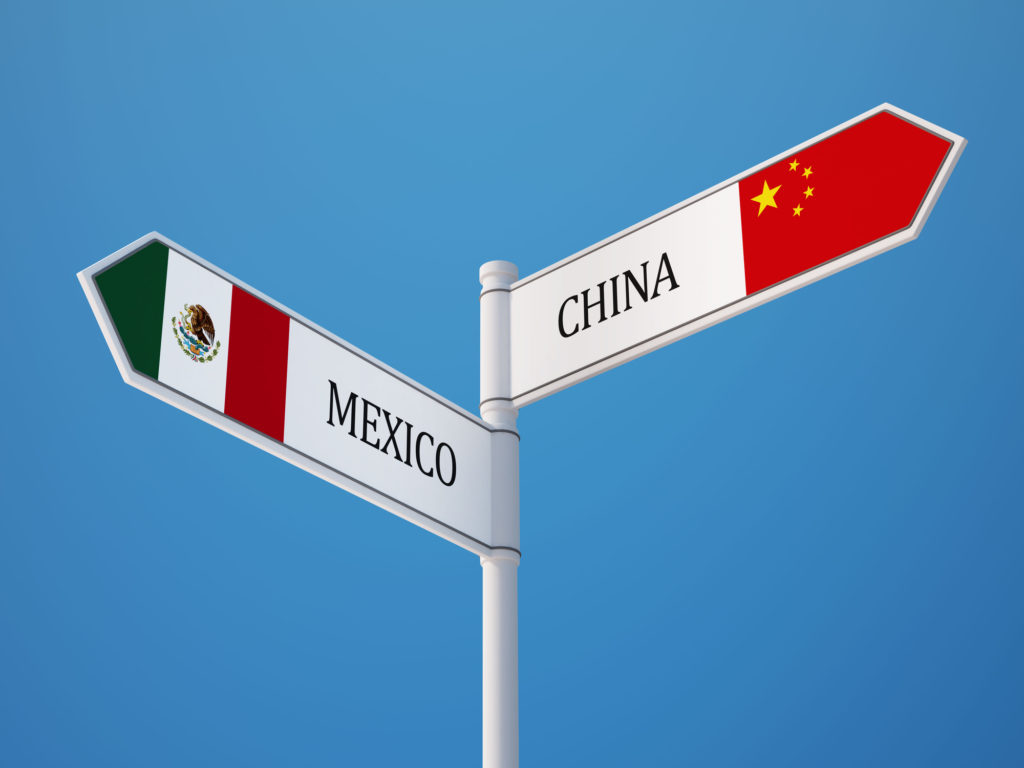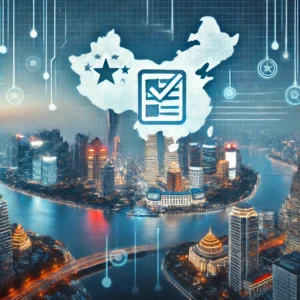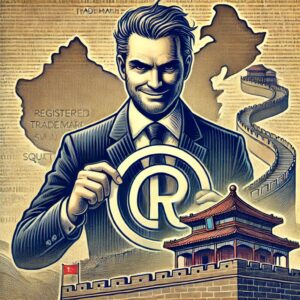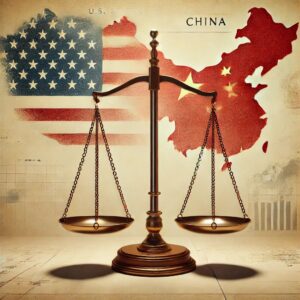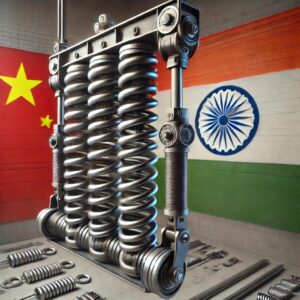Earlier this year, I asked my good friend Andrew Hupert to explain what is involved in moving manufacturing from China to Mexico, in large part by comparing the two countries. I chose Andrew for this near-Herculean task because he has spent so much time in both countries navigating their manufacturing systems from the inside. My law firm frequently consulted with Andrew when we first started doing China legal work in a big way and at that time Andrew was living in China. Though Andrew had for decades tied his life and career to China, he — like me — was one of the earliest proponents of a post-China manufacturing world. So much so that Andrew moved to Mexico, reinvigorated his Spanish language skills and began helping companies — especially companies looking to leave China — navigate Mexico. Who better, then, to write about what it takes to leave China (in whole or in part) for Mexico than Andrew Hupert?
Andrew wrote a series of five posts on the differences between China and Mexico manufacturing and I urge you to read all five of these:
- The China Manager’s Guide to Mexican Operations: Comparing and Contrasting China and Mexico Operations
- Mexico for China Managers, Part 2: China vs. Mexico as Supply Chain Hubs
- Part 3: Comparing China and Mexico Manufacturing at the Operational Level
- Mexico for China Managers, Part 4: A Guide to Cross-Culture Negotiation
- Mexico for China Managers, Part 5: The Three Types of China-Mexico Supply Chain Transitions
Instead of a more traditional Year in Review on how Mexico did in 2022 (overall, their economy did pretty well), we thought it would be more appropriate to help China-managers examine Latin America as a potential alternative/complement to their supply chains in China and broader Asia. The below is essentially an introduction to what we expect will be a roughly ten part series to be written over the next 8-10 months. This series will involve both Andrew writing about what he is seeing of companies moving their production to Latin America/Mexico and I and the other lawyers in my firm involved with helping companies that make this move legally protect themselves will be writing in this series as well, sometimes with Andrew, as is the case here, and sometimes separately. Stay tuned.
Main Takeaway: Mexico is about to be transformed into a major commercial & manufacturing center – but it’s not trying to be the “factory of the world” and it never will be. If you manufacture products for the US market (or supply companies that do), Mexico will play a bigger role in your business decisions. If you are in certain high-tech sectors, or rely heavily on OEM or contract manufacturing, Mexico may present more challenges than benefits. One of the more interesting aspects of business in Mexico is its plethora of free trade agreements and trade association memberships. Mexico offers best-in-class international trade access AND an emerging-market cost structure. The bad news is that it is rarely either quick or easy to get started in Mexico – and the learning curve can be steep. Let’s get started with some business intelligence foundation work.
There are three main concepts with which you should be familiar: #1. Rumors of Latin America’s (LatAm) leftward lean are true. This is not a deal killer, but it’s definitely something that needs to be discussed. #2. China is active in Latin America. You won’t see China involved in big deals or high-level exchanges in Mexico because of the North American Trade Deal (USMCA), but China has a strong presence throughout the Latin America – Caribbean (LAC) region. #3. The most important political decisions on international trade will be coming out of Washington DC. Watch the new laws & regulations coming out of the United States, but pay even more attention to how they are being interpreted, applied, and enforced.
#1. LatAm is Leaning Left
Latin America is for the most part moving to the left. LatAm has often flirted with socialist policies in the past, and recently the region has voted out a number of right-leaning pols. Mexico has been leading LatAm towards a more populist/socialist center. Mexican President Andrés Manuel López Obrador (AMLO) started the trend in 2018, and the so called “Pink Tide” has spread to Colombia, Brazil, Peru, Honduras, and Chile – with new emphasis on old-timers like Cuba and Venezuela. Political systems in most of LatAm are not mirroring Cuba’s full-on embrace of Communism, but places like Mexico, Colombia, and Argentina have a mostly socialist agenda and they have few qualms about nationalizing industries. We don’t know if local leaders are empowered by China’s statist rise but they seem to be promoting very ambitious state agendas. We’re talking about lithium refining and battery production, big energy projects (including solar), integrated infrastructure developments, and massive domestic projects like urban light rail.
It is important to note that LatAm is NOT an integrated community — economically, socially, OR politically — it is less interconnected than SE Asia. AMLO is trying to position himself as the natural leader in the region, but it isn’t clear there is enough interest in regional trade to make the role particularly competitive. Everyone’s first market is the US (except Venezuela and Cuba, obviously) and China is now #2 for most of the region. Mexico will probably serve as your gateway to LatAm, and Mexico City (CDMX) is the de-facto NYC of the region. CDMX is considered its own universe by the rest of Mexico – but it is where Spanish-speaking decision-makers from around the world congregate. The bustling factory towns near the Mexico-US border are good places to live and work, but old hands with Shanghai or HK experience are going to be starved for networking opportunitie outside CDMX.
The breakdown for ChinaPats: Mexico and LatAm aren’t as “hungry” for your business as China was, and you may find that you have to sell yourself and your ideas more vigorously than you did in China. You can still do business in LatAm, but it’s going to be case by case, and country by country. Remember that their trade systems will be better harmonized with the US than between direct neighbors with whom they share a language and consider themselves to be friends and allies.
#2. China is in LatAm, and It’s Not Going Away.
China has three overlapping motivations for being in LatAm. One is basic materials – copper, soybeans, fish, etc. LatAm is a big source of natural resources, and China is a big user of natural resources. Number 2 is economic strategy. China can read a map as well as anyone, and the 2,000-mile land border between Mexico and the world’s biggest customer is pretty hard to miss. Products made in Mexico tend to be low/no duty when exported to the US, so it’s easy to understand the spate of Chinese factory plans and new-project press releases. LatAm was not the top priority for China and its ambitious foreign policy, but Beijing has already worked its way down the BRI list until it reached Argentina and Uruguay. Finally, the third reason is political strategy. China has long bristled at the United State’s significant presence in Asia and it feels hemmed in by military assets in South Korea, Taiwan, Japan, and SE Asia. China has some natural allies in the LatAm neighborhood (Cuba and Venezuela) and some old partners (Brazil), and it’s finding it fairly easy to make new friends (Argentina, Uruguay, Peru). Though China has and will no doubt continue to have a hard time projecting soft power, once it has a toehold in a region its influence will grow over time. The U.S. presence in the region has been lacking, misdirected, or focused on non-economic outcomes (like the war on drugs, and controlling the border). China is seen not so much as a heroic “prince charming” appearing on the horizon, but more as welcome relief to US mistakes and neglect.
For the ChinaPats: The good news is that you may find some familiar players in your supply chain are relocating to LatAm and that could make your transition to LatAm easier. The bad news? You’ll likely be competing with Chinese entities (private, state, and “unclear”) as they focus on accessing the lucrative US market from the South. A further concern is that as Chinese infrastructure and heavy industry investments come to fruition in Latam, we should expect China to exert outsized influence on local decision-makers. And yes, that includes the ones deciding on who gets access to markets, projects, and business registration.
#3 – The only politics worth watching are in Washington DC
The politicians that matter to you are the ones writing, interpreting, executing, and judging United States trade laws. Don’t waste time and energy trying to read the tea leaves of Chinese, Asian, or even Mexican politics. The only decisions that matter to you are coming out of Washington DC, and they are generally NOT favorable to your business. Remember that old rule on how “all politics is local”? Well, the corollary for you is “all international trade is political”, at least for now. U.S. politicians may still be playing lip-service to the notion that government should stay out of local business, but that does NOT apply to international commerce. Globalism is still a dirty word to those on the right, while the left is using trade to prosecute a human rights agenda. Neither trend helps you. Your job is to anticipate and avoid government restrictions and to stay up to speed on how they are being applied and enforced.
This is a good time to mention that Mexico tends to promote the concept of the “North American Market”. Mexican manufacturers consider themselves part of the larger North American economy and so far, policy makers in the U.S. are cooperating. The USMCA that regulates trade relations in North America was driven by powerful US interests (auto and aerospace firms), so Mexico has a relatively protected stratus in US trade circles. If you harm US-Mexican trade, you are harming GM, Ford, GE, and Boeing. That gives this treaty and the relationships it creates a great degree of protection. This also results in Mexico taking on the role of “gateway to Latin America and Caribbean” since U.S. relations with other LatAm nations are for the most part neither close nor stable.
For the ChinaPats: Ignore the English language business press on Mexico that only talks about cartels, illegal immigration, and luxury resorts. The key fact is that Mexico is deeply integrated into the U.S. economy, and enjoys a relatively privileged position in the eyes of U.S. policy makers. It is unlikely that any other new free trade agreements or significant market opening measure will be enacted in the U.S. anytime soon.
Bottom line: Relying solely on China, or even a combination of China + Vietnam (or Thailand, Malaysia, etc.), is becoming a riskier strategy and your accountants, lawyers, and strategic planners have already accepted this fact. So have investors. Even under the most optimistic scenarios (US-China relations improve, tariffs are dropped, China manages Covid), it still makes sense to build/increase your Mexican presence. But if relations with China do deteriorate further (or Chinese domestic problems interrupt the supply chain), you might find yourself scrambling to build a presence in Mexico — a country not really set up for speedy action.










